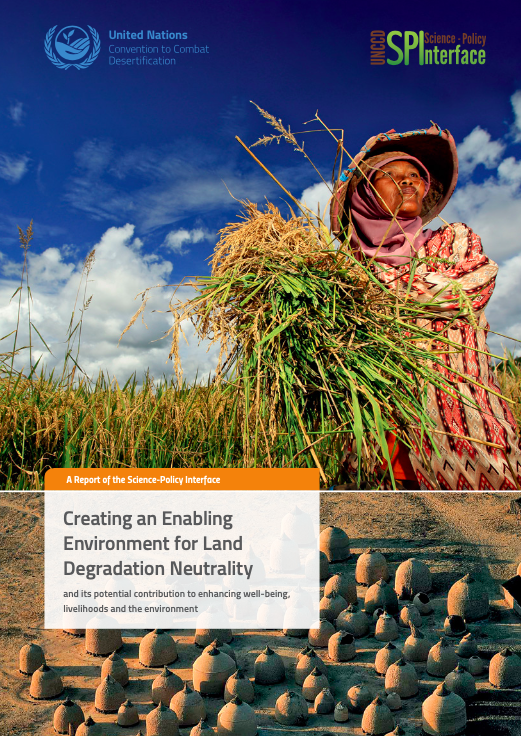Assessment of land degradation in semi-arid Tanzania: Using remote sensing to inform the Sustainable Development Goal 15.3
Monitoring land degradation (LD) to inform the sustainable development goal (SDG) 15.3.1 (\proportion of land that is degraded over total land area") is key to ensure a more sustainable future. At the moment, there are only default medium-resolution datasets available to assess LD in Tanzania. They do not reflect local characteristics and cannot help to target exposed areas spatially.




